What is Osteopathy?
Osteopathy is a holistic, non-invasive form of manual therapy. It emphasizes the relationships between structure and function in the human body. Rather than focusing solely on symptoms, osteopathy seeks to identify and treat the root cause of health issues by addressing the body as a whole.
The practice of Osteopathy is founded on the principles that the body is a dynamic unit of function; that structure and function are reciprocally interrelated; and that the body has innate self-healing and self-regulating mechanisms.
Can Osteopathy help me?
Osteopathy is for you! It is suitable for people of all ages and at all stages of life. Whether you’re dealing with an injury, managing chronic pain, or simply seeking to improve your overall health, osteopathic treatment can be beneficial. Because each treatment is tailored to the individual person, Osteopathy may help with a wide range of issues and injuries, including:
|
|
How does Osteopathy work?
Osteopathy takes a whole body approach toward assessment and treatment. Let’s say you are dealing with shoulder pain. Your Osteopathic Manual Practitioner will assess the shoulder but they will also take into consideration other structures. Sometimes a problem will be the result of a local issue, while other times it may have multiple contributing factors with influence on the shoulder coming from other areas of the body. This same principle can be applied to any area of the body.
Let’s imagine a house for a moment. We need the foundation to be level in order for the rest of the house to be balanced. If the foundation is uneven or disturbed, it might cause the frame to shift which now makes the front door catch when it’s opened or closed. Our bodies are a little (…a lot!) more complex and dynamic than a house but this principle can be applied in a similar way, everything needs to be able to move as it was meant to without excessive restriction. By rebalancing the tension and reducing restrictions we can improve motion and support the body’s natural self-healing abilities.
The practice of Osteopathy requires an in-depth knowledge of anatomy and physiology, along with excellent palpation skills. Our Osteopathic Manual Practitioner is a graduate of the Canadian Academy of Osteopathy (CAO) which teaches a principles-based education. This means that instead of simply learning general techniques they are trained to customize each treatment to the individual person. As a result, while some aspects of your treatment will be consistent, each session may be slightly different as your practitioner works to address the root cause of the issue.
Is it covered by insurance?
Our practitioner is a member in good standing of OSTCAN (Osteopathy Canada) and, the provincial affiliate, the OOA (Ontario Osteopathic Association). OSTCAN is recognized by all Canadian private insurance providers. This means that your treatment may be covered under your extended health plan. *Please check with your provider to confirm your individual coverage details*
Members of OSTCAN must have completed 4200 hours of education and a minimum of 1000 hours of supervised clinical practice and training. This is inline with the Type 1 Benchmarks in Training for Osteopathy set out by the World Health Organization (WHO). Additionally, members must hold a clean Vulnerable Sector Screening Police Check and meet regular Continuing Education requirements to stay current with up-to-date industry standards and best practices.
Ready to book an appointment? If you still have more questions, give us a call.


